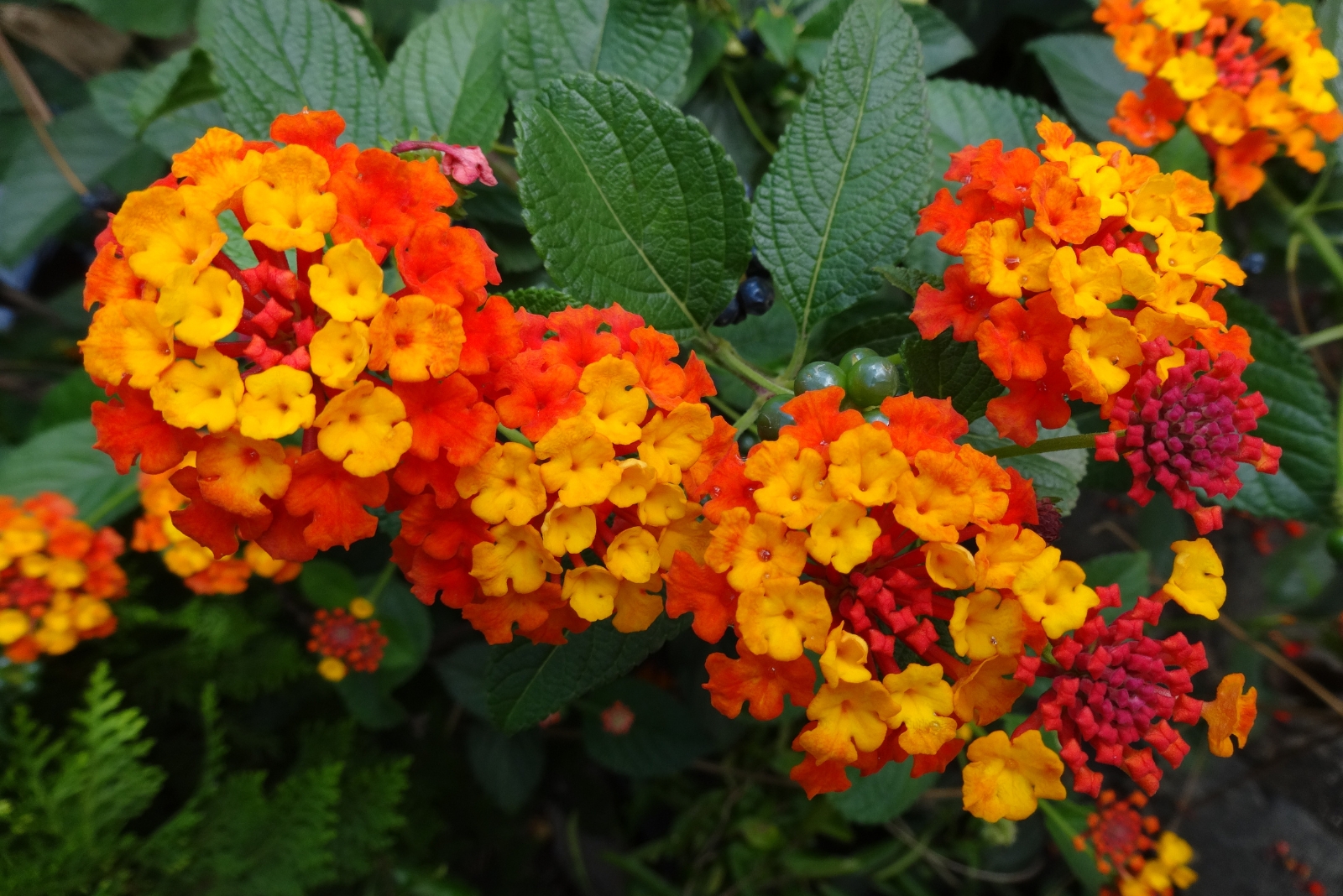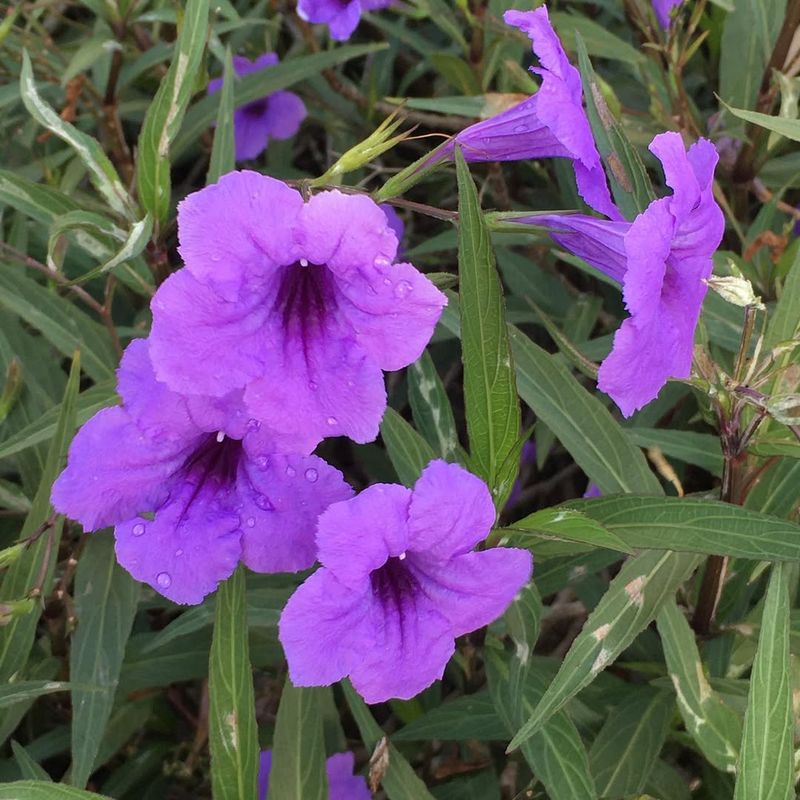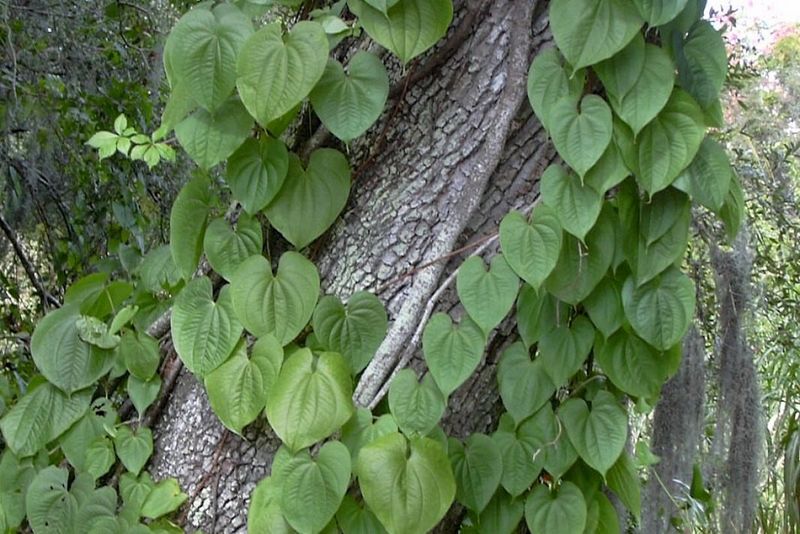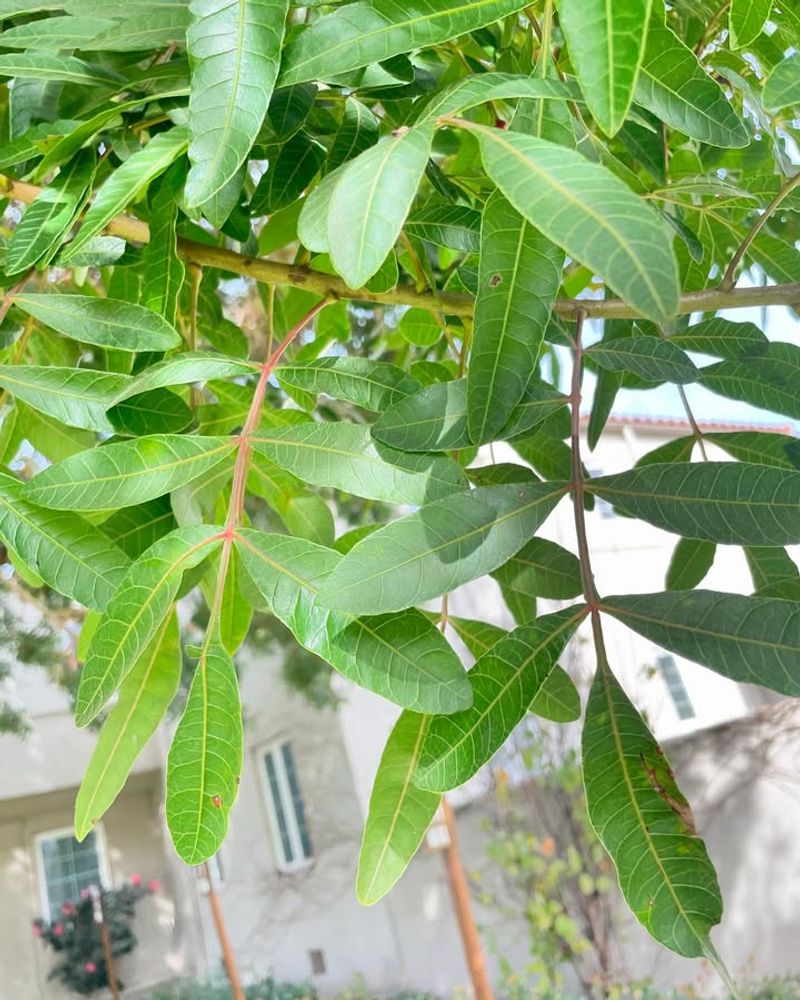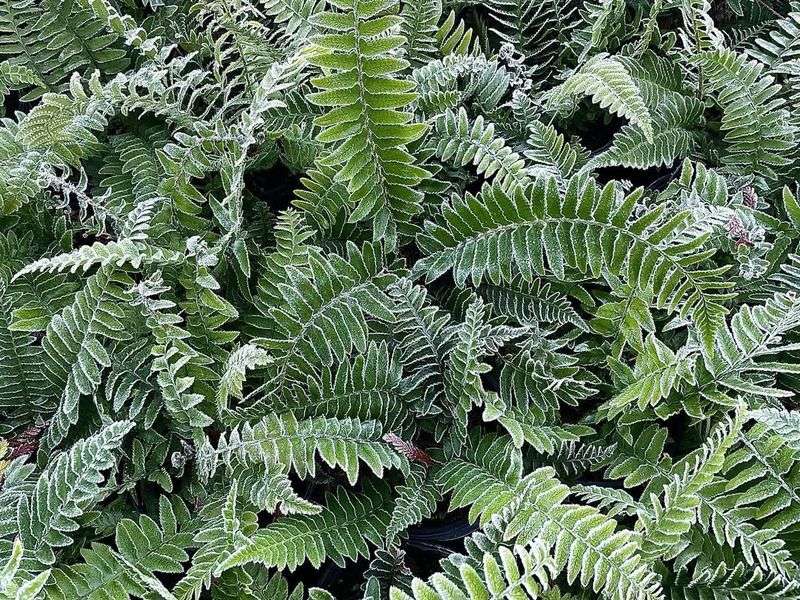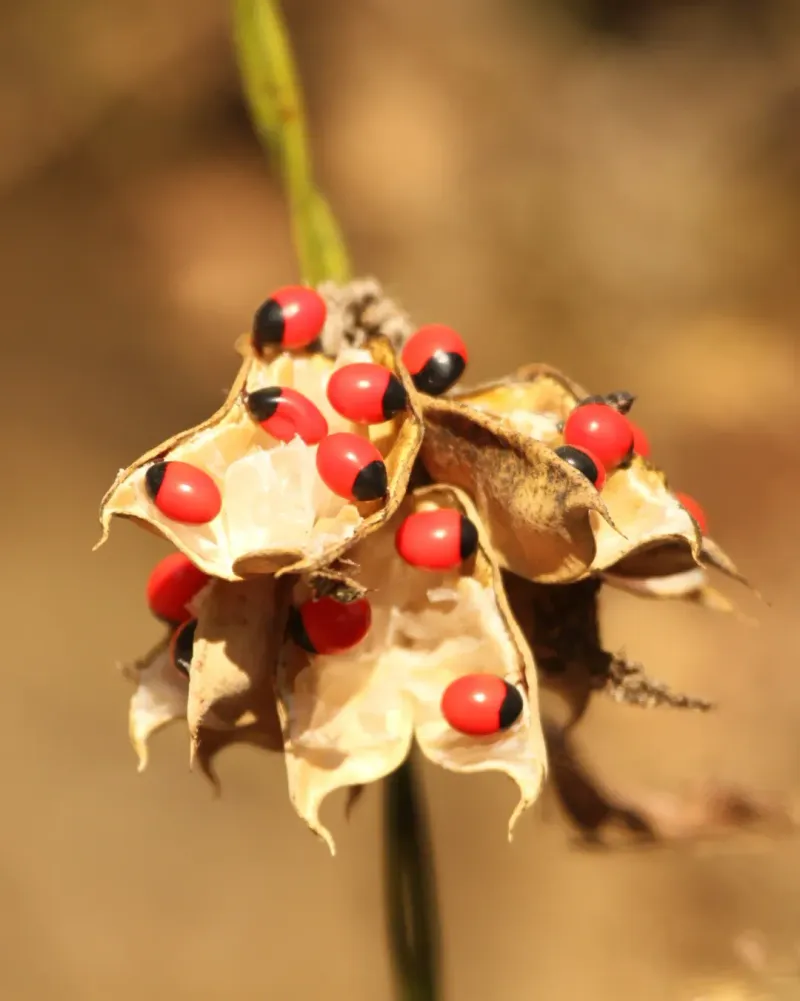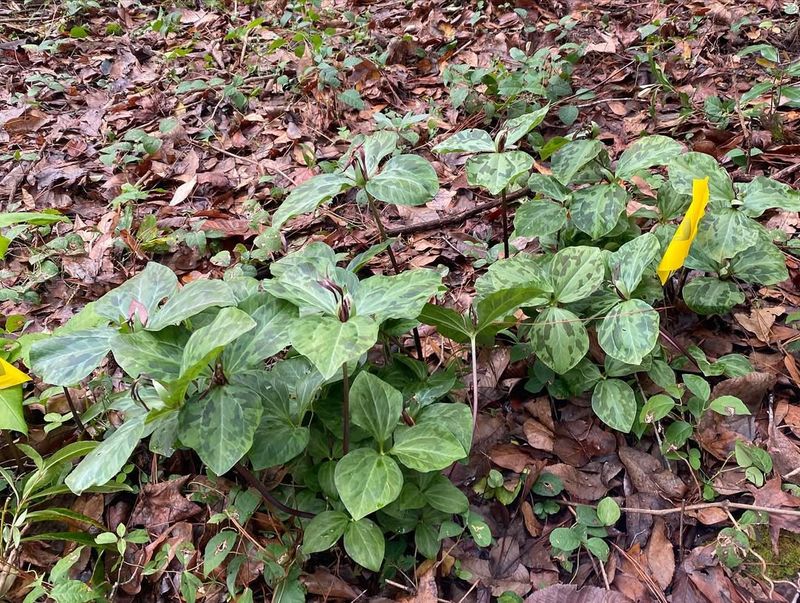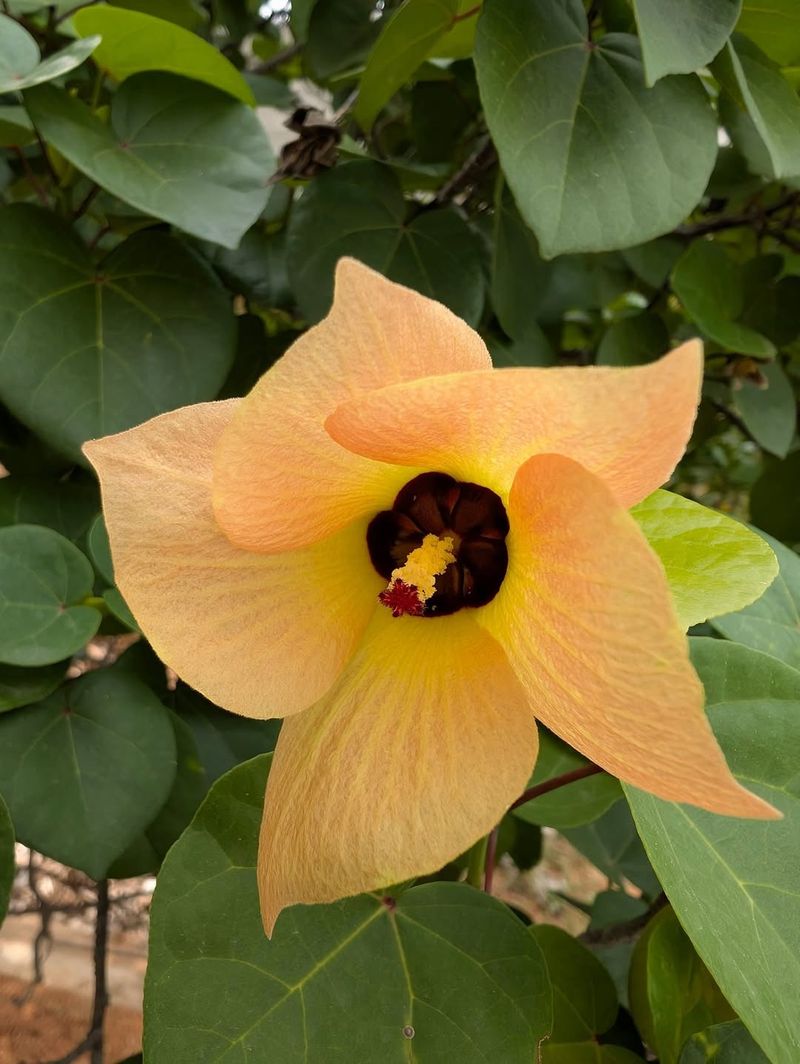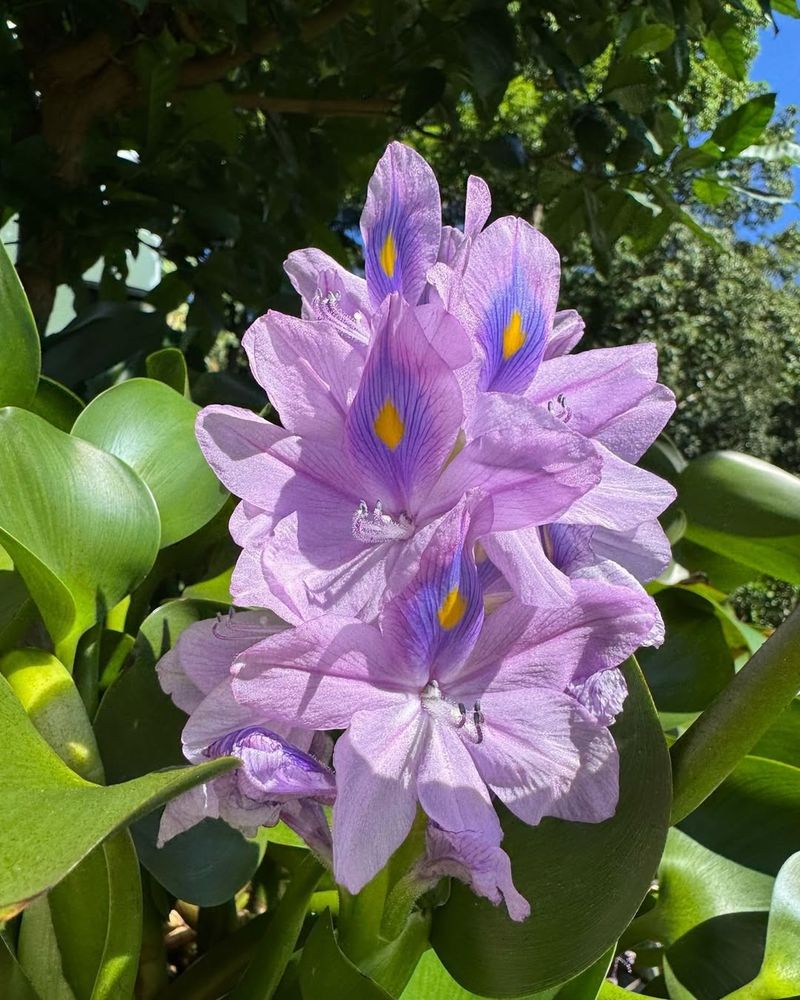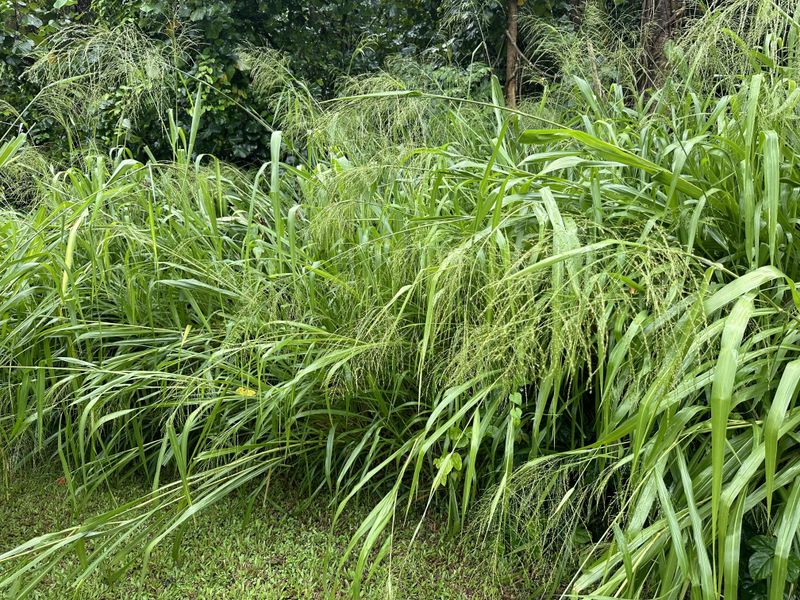Some Florida favorites might be on the verge of landing on the restricted list. I’ve seen updates pop up that made me rethink a couple of my own garden choices.
Knowing what could be banned helps you plan ahead without stress. Staying informed now saves trouble later.
1. Mexican Petunia
Garden centers across Florida have sold these purple beauties for decades, but they’re becoming a nightmare for wetland areas. Mexican Petunias spread like wildfire through underground roots called rhizomes, choking out native plants that wildlife depends on.
Once established, they’re incredibly difficult to remove completely. Many counties in Florida are already restricting their sale and planting. Homeowners with these flowers should consider replacing them with native alternatives like Blue Flag Iris, which offers similar color without the environmental damage.
2. Air Potato Vine
This aggressive climber might look harmless at first, but it can completely smother trees and native vegetation in Florida’s natural areas. Air Potato produces small tubers called bulbils that drop to the ground and create new plants everywhere they land.
A single vine can grow up to eight inches per day during peak season! Florida has actually released special beetles to help control wild populations. If you spot this vine on your property, remove it immediately before it takes over your entire yard and spreads to neighboring wild spaces.
3. Brazilian Pepper
With its festive red berries and evergreen leaves, Brazilian Pepper might seem like perfect landscaping for Florida homes. However, this tree has invaded over 700,000 acres of the state’s natural areas, forming dense thickets that crowd out everything else.
Birds love the berries and spread seeds far and wide. The sap can also cause skin irritation similar to poison ivy. Florida law already prohibits planting or selling this species. Property owners must remove existing trees to prevent further spread and protect the state’s diverse ecosystems from this aggressive invader.
4. Sword Fern
Not all ferns are created equal, and this particular species from Africa is causing headaches throughout Florida’s natural hammocks and forests. Tuberous Sword Fern produces underground tubers that make it nearly impossible to eliminate once it establishes itself in an area.
It outcompetes native ferns that provide food and shelter for local wildlife. Many Florida gardeners unknowingly purchased this invasive look-alike instead of native fern species. Check your landscaping carefully, as several counties are moving toward banning its cultivation to protect precious native plant communities from being overrun.
5. Rosary Pea
Those pretty red and black seeds might catch your eye, but Rosary Pea is one of the most dangerous plants you could have in a Florida garden. Just one seed contains enough toxin to kill an adult if chewed or swallowed, making it especially hazardous around children and pets.
Beyond the safety concerns, this vine aggressively invades natural areas throughout Florida. It climbs over native plants and forms dense mats that smother everything underneath. State officials are working to restrict this plant completely due to both its toxicity and invasive behavior.
6. Coral Ardisia
Landscapers once loved this shade-tolerant shrub for its glossy leaves and bright red berries that appear around the holidays. Unfortunately, Coral Ardisia has escaped cultivation and invaded Florida’s natural forests, forming dense understory thickets that prevent native seedlings from growing.
Birds eat the berries and deposit seeds throughout wild areas. Each plant can produce thousands of seeds annually, creating an ongoing invasion problem. Florida regulations already prohibit selling or planting this species. Homeowners should remove existing plants and replace them with native alternatives like Beautyberry.
7. Elephant Ear
Those dramatic, oversized leaves make Elephant Ears popular choices for creating tropical vibes in Florida yards. Several species in this group have become serious invaders of wetlands, lakes, and waterways throughout the state.
They form impenetrable stands that block sunlight and oxygen from reaching water, harming fish and other aquatic life. Some varieties spread through underground corms that break apart easily, creating new plants wherever fragments wash up. Florida officials are developing stricter regulations on which species can be sold. Consider switching to native Arrowhead plants for similar visual impact without ecological harm.
8. Seaside Mahoe
Coastal Florida residents might recognize this tree from beachside plantings, where its salt tolerance made it seem like an ideal choice. Seaside Mahoe produces attractive yellow flowers, but it’s been spreading aggressively into natural coastal hammocks and displacing native vegetation that stabilizes dunes and provides wildlife habitat.
Young seedlings pop up constantly, making control difficult for homeowners and land managers. Several coastal counties in Florida are considering restrictions on planting this species. Native alternatives like Sea Grape offer similar salt tolerance while supporting local ecosystems instead of harming them.
9. Water Hyacinth
Floating on backyard ponds with lovely purple blooms, Water Hyacinth seems innocent enough at first glance. This aquatic plant is actually one of Florida’s worst aquatic invaders, capable of doubling its population in just two weeks under ideal conditions.
Dense mats block sunlight, deplete oxygen, and kill fish while making waterways impassable for boats. Florida spends millions annually trying to control wild populations. The state already prohibits selling or planting this species. If you have a water feature, choose native floating plants like Water Lilies that won’t escape and destroy natural waterways.
10. Lantana
Butterflies absolutely adore Lantana’s colorful flower clusters, which explains why Florida gardeners plant it so frequently. Wild Lantana has invaded natural areas throughout the state, forming thorny thickets that crowd out native wildflowers and grasses that support local pollinators and wildlife.
Some cultivated varieties produce viable seeds that birds spread into wild spaces. Florida officials are evaluating restrictions on certain Lantana species and varieties. Gardeners concerned about attracting butterflies should consider native alternatives like Firebush or Wild Pentas, which provide nectar without the invasive potential that threatens natural habitats.
11. Guinea Grass
Ranchers brought this African grass to Florida decades ago for cattle grazing, never imagining it would become such a widespread problem. Guinea Grass grows incredibly tall and dense, creating fire hazards and invading natural pine forests and prairies throughout the state.
It outcompetes native grasses that many endangered species depend on for survival. Once established, it’s extremely difficult and expensive to remove from properties. Florida environmental agencies are working on stronger regulations to prevent further planting. Landowners with this grass should consult with local extension offices about safe removal methods and appropriate native grass alternatives.

